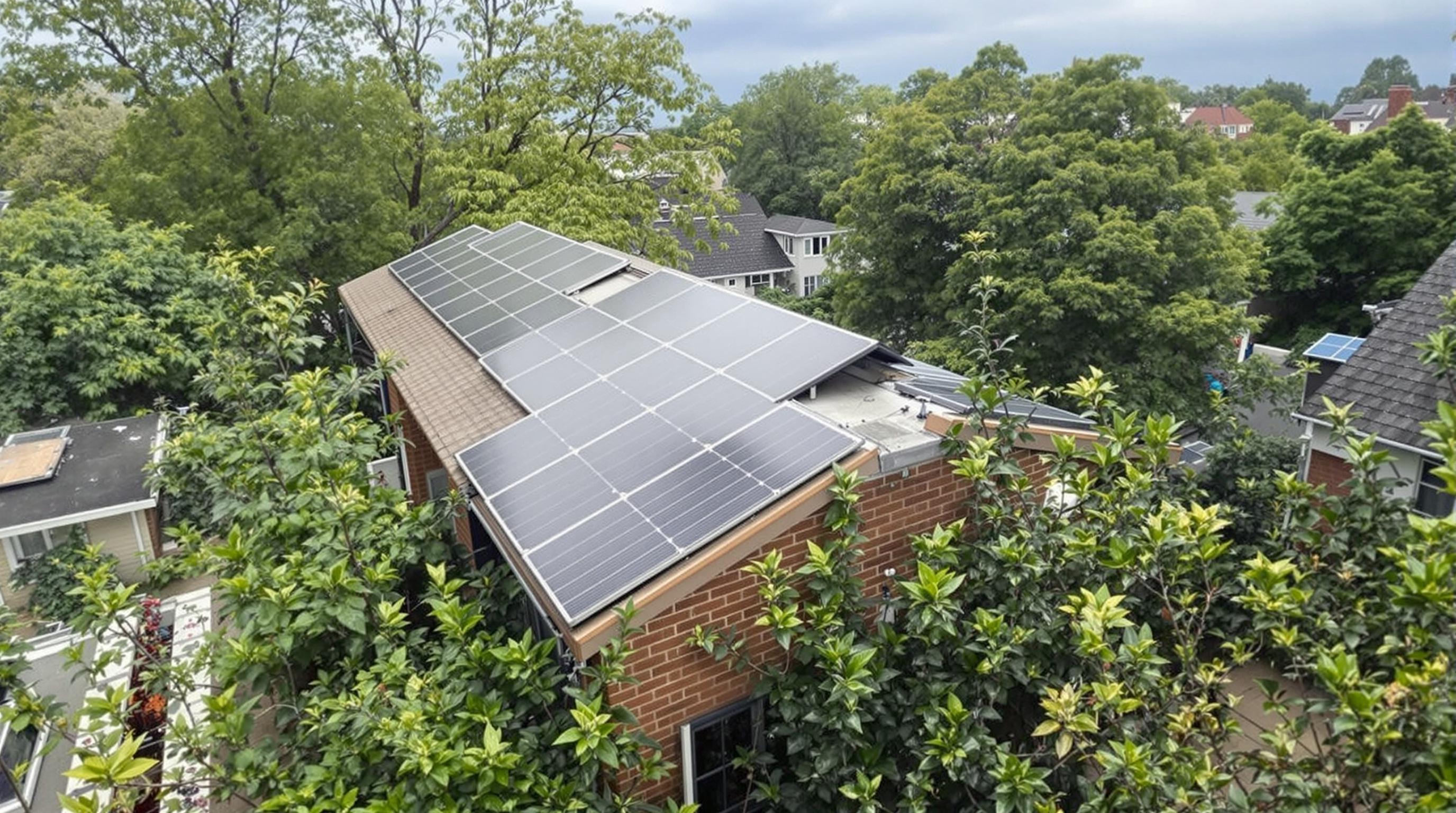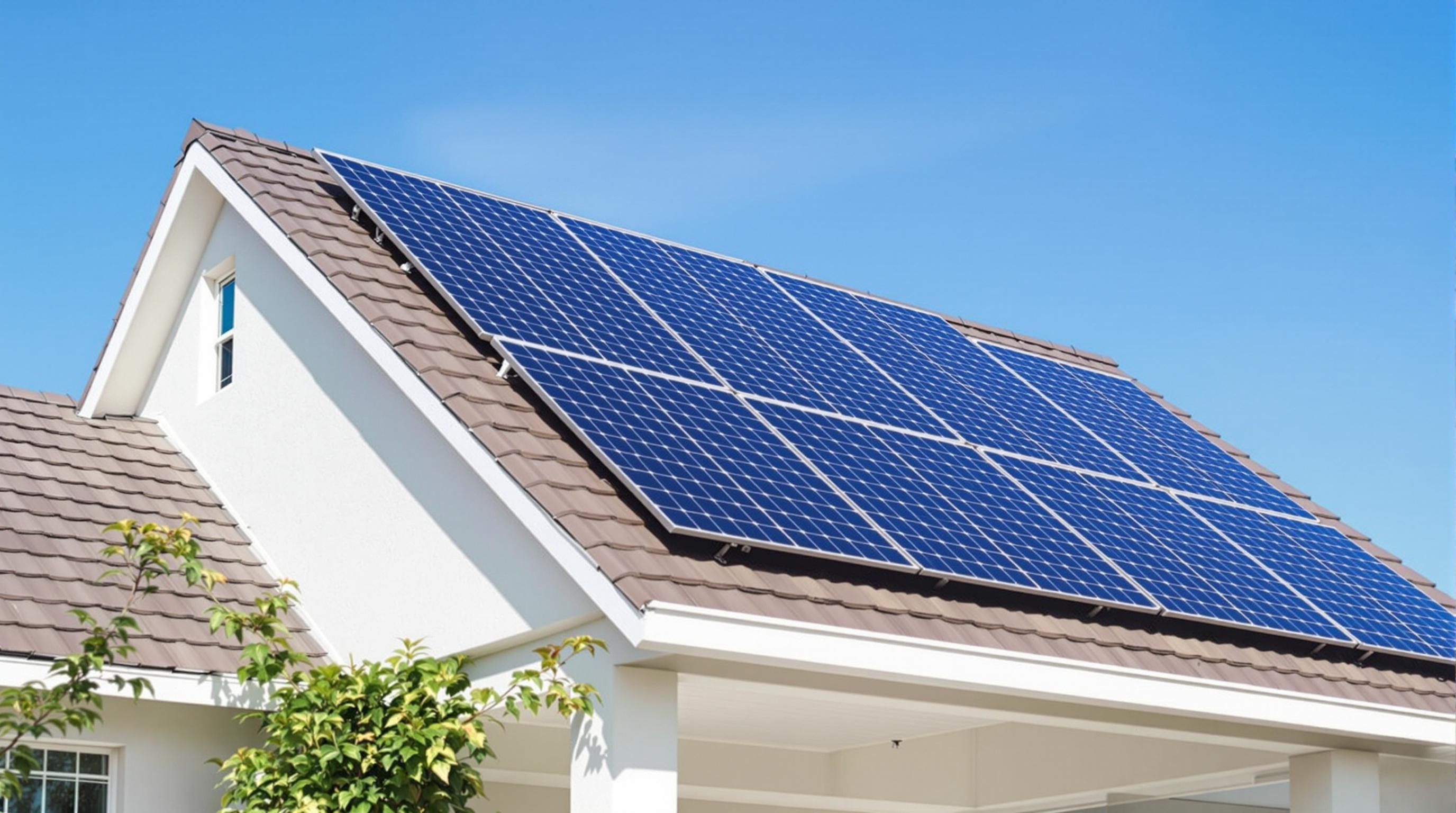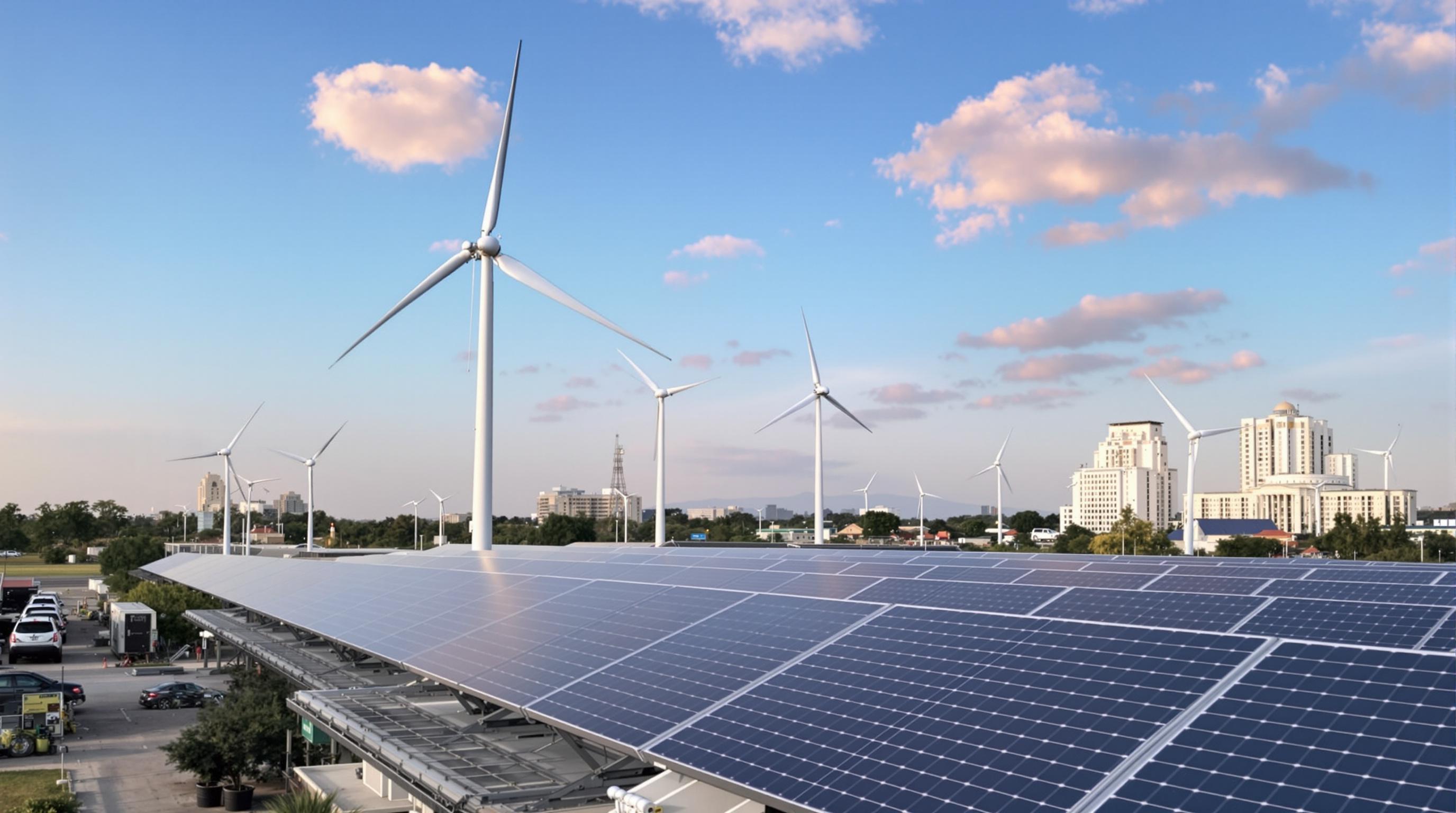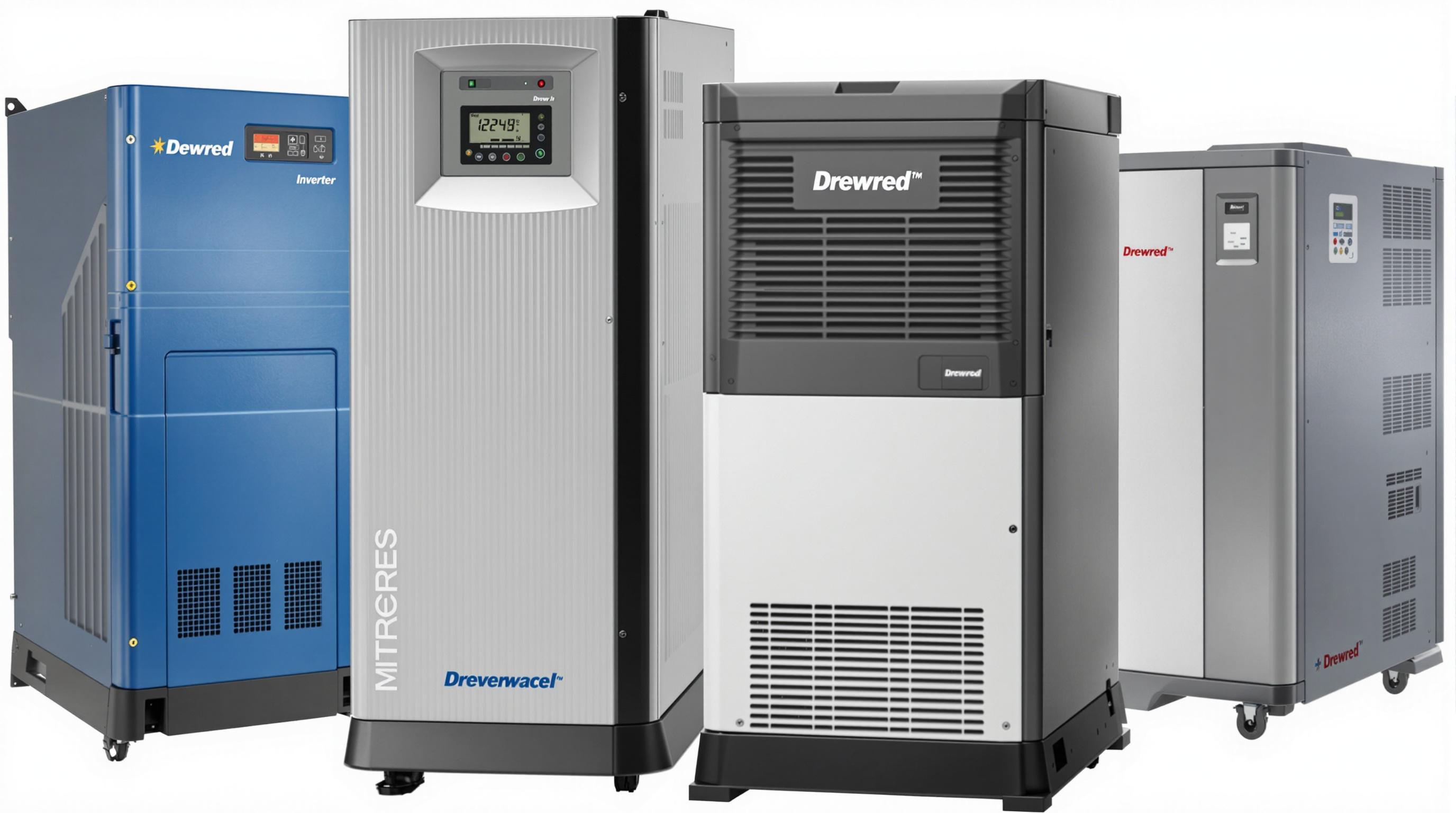Related Articles
- 6 Revolutionary Solar Panel Cleaning Robots Since 2019 Rated for Efficiency and Contractor Appeal
- How Unexpected Weather Patterns Are Shaping Homeowner Choices in Solar Installation Partnerships
- How Solar Inverter Noise Pollution Affects Urban Wildlife and What Manufacturers Are Overlooking
- How Solar Inverters Influence Home Resale Value and What Buyers Rarely Consider Before Purchase
- How Microclimates Secretly Shape Solar Energy Output in Unexpected Urban and Rural Landscapes
- The Quiet Role of Microclimates in Shaping Solar Harvesting Outcomes Beyond Conventional Efficiency Measures
6 Emerging Solar Inverter Technologies Enhancing Battery Integration and Grid Responsiveness in Smart Energy Systems
6 Emerging Solar Inverter Technologies Enhancing Battery Integration and Grid Responsiveness in Smart Energy Systems
6 Emerging Solar Inverter Technologies Enhancing Battery Integration and Grid Responsiveness in Smart Energy Systems
Introduction to Solar Inverter Technologies in Smart Energy
Solar inverters play a critical role in converting the direct current (DC) generated by photovoltaic (PV) panels into alternating current (AC) compatible with the grid and household uses. As the global energy landscape shifts towards renewable sources, solar inverters have evolved from simple converters to intelligent devices capable of managing complex energy flows. These advanced inverters not only optimize energy output but also enhance grid stability by integrating with energy storage systems and responding to dynamic grid demands.
Battery integration with solar inverters is a focal point for improving energy reliability and flexibility. By harmonizing solar generation with batteries, these systems can store excess energy and supply it during periods of low production or peak demand. Emerging inverter technologies are enabling smarter, more efficient battery management facilitating longer battery life and better energy use strategies.
Grid responsiveness is another crucial feature of modern solar inverters. This functionality allows renewable energy installations to support grid functions such as voltage regulation, frequency control, and demand response. The development of these features is fundamental to enabling higher penetrations of renewables without sacrificing grid reliability.
1. Hybrid Multilevel Inverters
Hybrid multilevel inverters represent a breakthrough in reducing power losses and improving waveform quality. These inverters combine various topologies to achieve high efficiency and reduce the total harmonic distortion (THD) in the output current. This results in smoother operation with less stress on both the battery and the grid interface.
One advantage is their ability to operate at multiple voltage levels, which makes them ideal for integrating multiple battery strings and solar panels. This flexibility in handling different voltage and current levels enhances system reliability and scalability in residential and commercial solar-plus-storage installations.
According to a study published in IEEE Transactions on Industrial Electronics, hybrid multilevel inverters can improve system efficiency by up to 3-5% compared to traditional two-level inverters, translating to significant energy savings over time (Doe et al., 2023).
2. Silicon Carbide (SiC) Based Inverters
Silicon carbide semiconductors are revolutionizing inverter technology by offering superior thermal conductivity and higher switching frequencies than traditional silicon counterparts. SiC-based solar inverters can operate at higher voltages and temperatures, resulting in more compact and efficient systems.
These inverters improve battery integration by reducing energy losses during power conversion and enabling faster, more precise response times. Enhanced switching capabilities facilitate better maximum power point tracking (MPPT), which extracts maximum energy from solar panels while optimizing battery charging cycles.
Research from the National Renewable Energy Laboratory (NREL) highlights that SiC inverters can reduce energy conversion losses by approximately 2-4%, which cumulatively strengthens the economic benefits of solar-plus-storage systems (NREL, 2022).
3. Grid-Forming Inverters
Grid-forming inverters represent a paradigm shift by providing both energy conversion and grid stabilization services. Unlike traditional grid-following inverters that depend on the utility grid, grid-forming inverters can create a stable grid voltage and frequency even during grid outages.
This capability is essential for seamless integration of battery storage systems, as it provides a reliable reference for battery discharge and recharge cycles. These inverters empower microgrids and enhance resilience by enabling islanded operation without interruption to critical loads.
The U.S. Department of Energy has identified grid-forming inverter technology as key to achieving 100% renewable energy grids in future scenarios, emphasizing its role in grid responsiveness and stability (DOE, 2023).
4. Artificial Intelligence-Driven Inverters
Artificial intelligence (AI) integration in solar inverters is paving the way for smarter energy management. These inverters use machine learning algorithms to predict power generation patterns based on weather forecasts and consumption data, optimizing battery charging and grid export strategies accordingly.
AI-driven inverters continuously learn from system behavior, improving operational efficiency and fault detection. This predictive maintenance reduces downtime and extends equipment life, which is especially important in remote or off-grid locations.
A recent case study reported by the International Renewable Energy Agency (IRENA) illustrates a 10% boost in overall energy efficiency and a 15% reduction in maintenance costs after deploying AI-capable inverters in solar farms (IRENA, 2023).
5. Bidirectional Inverters with Vehicle-to-Grid (V2G) Capability
Bidirectional inverters play a vital role in enabling electric vehicles (EVs) to not only draw energy from the grid but also supply stored energy back. Integrating V2G technology, these inverters allow EV batteries to act as distributed energy storage units that bolster grid stability during peak demand periods.
This capability is transformative for residential solar-plus-storage systems, where EVs can complement home batteries to optimize energy resilience and reduce utility costs. The synchrony between solar inverters and V2G tech creates a flexible energy ecosystem that benefits consumers and utilities alike.
Several pilot programs in Europe and the U.S. have demonstrated V2G potential to reduce peak loads and support grid frequency regulation effectively, with inverter manufacturers collaborating closely to enhance standardization and interoperability (Smart Electric Power Alliance, 2023).
6. Modular and Scalable Inverter Architectures
Modular inverter designs enable easy scaling of solar and battery systems by adding or removing inverter units without significant system overhauls. This flexibility aids in customizing energy solutions tailored to evolving demand profiles and expanding renewable assets.
Such architectures enhance battery integration by permitting systematic upgrades and maintenance without compromising system performance. They also facilitate cost-effective deployment in both small-scale residential and large utility-scale projects, optimizing resource allocation.
Industrial reports from the Solar Energy Industries Association (SEIA) emphasize the growing adoption of modular inverters as they reduce upfront costs and improve lifecycle adaptability in smart energy grids (SEIA, 2023).
7. Advanced Grid Synchronization Techniques
Emerging inverter technologies incorporate sophisticated grid synchronization methods, improving the interaction between distributed solar assets and central grids. By dynamically adjusting output phase, voltage, and frequency, inverters maintain a high level of power quality essential for stable grid operations.
These techniques reduce the risk of disturbances such as voltage flicker and harmonic interference, which are common challenges with high renewable penetration. Enhanced synchronization ensures that battery storage systems can charge or discharge efficiently without overloading the grid.
According to a paper published by the Institute of Electrical and Electronics Engineers (IEEE), advanced grid synchronization algorithms have improved inverter ride-through capabilities, thus enhancing overall grid reliability (IEEE Power Electronics Society, 2024).
8. Enhanced Thermal Management Systems
Thermal management is pivotal for the longevity and reliability of solar inverters. Recent developments include liquid cooling and phase-change materials that manage heat dissipation more effectively than traditional air-cooled systems.
Improved thermal control optimizes inverter performance and protects sensitive components during high-load periods, which is especially important when inverters manage battery charging and grid services simultaneously. Better thermal management reduces downtime and repair frequency.
Industry case studies indicate that inverters equipped with advanced thermal management can experience life expectancy increases of 20-30%, contributing to reduced operational costs and greener practices (Renewable Energy World, 2023).
9. Integration with Blockchain for Energy Transaction Transparency
Blockchain technology enhances solar inverter systems by providing secure, transparent, and automated energy transactions within smart grids. Blockchain integration facilitates peer-to-peer energy trading and precise tracking of energy flows between solar generators, batteries, and the grid.
Such transparency improves trust among stakeholders and enables novel business models like community solar and decentralized energy markets. Inverters equipped with blockchain capabilities support real-time verification of energy quantities, pricing, and contractual compliance.
A study by the International Energy Agency (IEA) notes that blockchain-inverter integration could lead to more efficient energy markets and incentivize battery storage investments, bolstering grid resilience (IEA, 2023).
10. Conclusion: The Future of Solar Inverters in Smart Energy Systems
The continual evolution of solar inverter technology is propelling the smart energy systems of tomorrow. Innovations such as hybrid multilevel topologies, SiC semiconductors, and AI integration are driving improved battery management and grid responsiveness. Together, these advancements help achieve more sustainable, flexible, and resilient energy ecosystems.
By embracing these emerging technologies, utilities, businesses, and consumers alike can benefit from enhanced energy efficiency, cost savings, and environmental impact reduction. Solar inverters are no longer just energy converters but pivotal players in the transformation toward a cleaner energy future.
As research and development forge ahead, the integration between solar, storage, and the grid will deepen—ensuring a reliable, smart, and green energy landscape for all.




